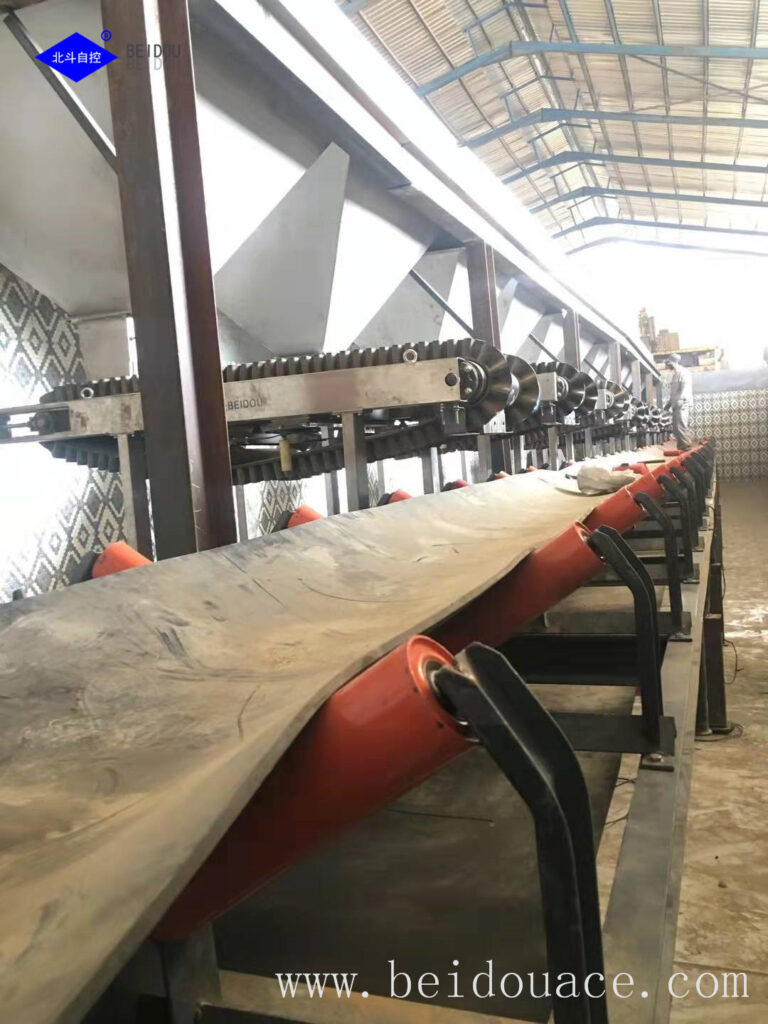When is the time to apply fertiliser on crops?
Fertilizer application is a critical aspect of modern agriculture, influencing crop growth, yield, and overall health. The timing of fertilizer application plays a pivotal role in maximizing its effectiveness and ensuring that crops receive the nutrients they need at key growth stages. Here’s a guide to understanding the best times to apply fertilizer to crops:
**1. ** Pre-planting: Before sowing seeds or transplanting seedlings, pre-planting fertilization can prepare the soil with essential nutrients. This initial application helps establish a nutrient-rich environment from the beginning, supporting early root development and initial growth stages.
**2. ** Early Growth Stage: During the early stages of crop growth, typically around two to three weeks after planting, a second round of fertilizer application is beneficial. This timing allows for nutrients like nitrogen, phosphorus, and potassium to support vigorous root and shoot development, enhancing overall plant establishment.
**3. ** Pre-flowering/Pre-fruiting: As crops enter the reproductive phase, they have increased nutrient demands to support flower and fruit development. Applying fertilizer before flowering or fruiting ensures that plants have an adequate supply of nutrients, promoting healthy reproductive growth and maximizing yield potential.
**4. ** Throughout the Growing Season: Depending on the crop type and growth rate, periodic applications of fertilizer may be necessary throughout the growing season. Monitoring nutrient levels through soil testing and plant tissue analysis helps determine when additional fertilizer applications are needed to sustain optimal growth and yield.
**5. ** Post-harvest/Rest Period: After harvesting, applying fertilizer can replenish soil nutrients depleted during the growing season. This post-harvest application prepares the soil for subsequent crops or maintains soil fertility during fallow periods, contributing to sustainable agricultural practices.
 Factors Influencing Timing:
Factors Influencing Timing:
- Crop Type: Different crops have varying nutrient requirements and growth patterns, influencing the timing and type of fertilizer application.
- Soil Conditions: Soil nutrient levels, pH, and organic matter content affect fertilizer uptake and effectiveness.
- Climate: Environmental factors such as temperature, rainfall, and sunlight impact nutrient availability and crop nutrient demands.
Conclusion: Timing fertilizer applications correctly is essential for optimizing crop productivity and minimizing environmental impact. By aligning fertilizer application with crop growth stages and nutrient requirements, farmers can enhance nutrient use efficiency, improve crop quality, and achieve sustainable agricultural practices.
Understanding when and how to apply fertilizer to crops empowers farmers to maximize yield potential while promoting environmental stewardship and agricultural sustainability.
